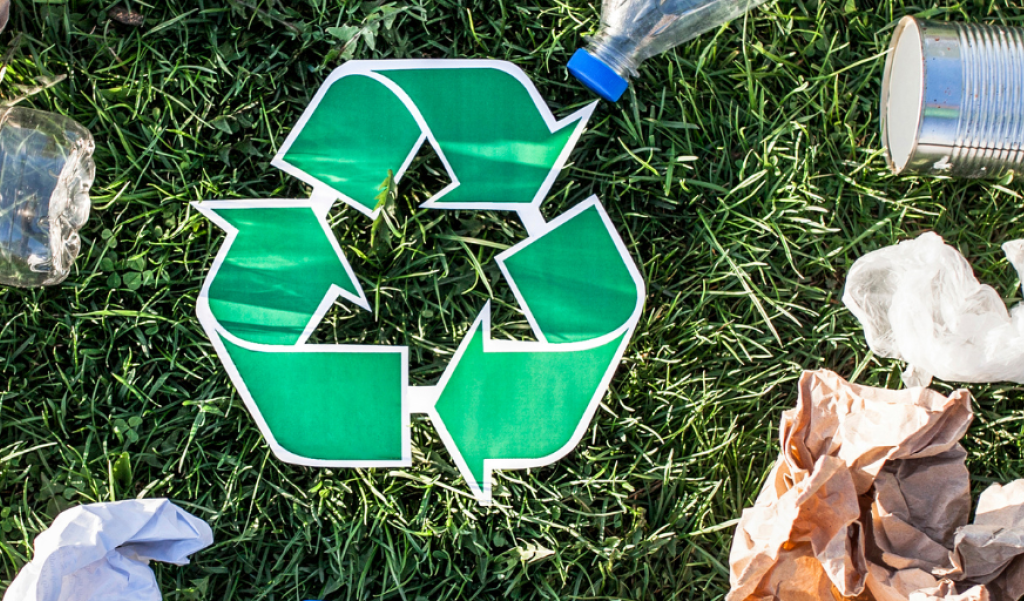
Millions of Texans participate in recycling each year by rolling recycling carts to the curb, taking materials to local drop-off stations, and bringing plastic bags to local retailers. As determined in the State of Texas' Recycling Market Development Plan, a total of 19.8 million tons of materials were recycled statewide in 2019. This includes 12.9 million tons of municipal solid waste materials recycled from sources such as homes, businesses, and schools. What actually happens to this material? And why do we recycle in the first place? Read on to learn more and bust the top five recycling myths.


